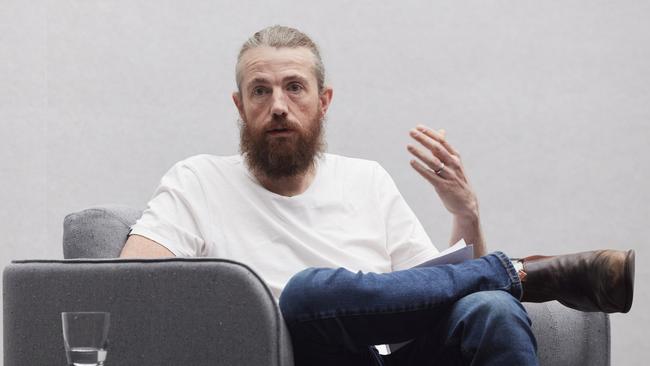
The tech billionaire, who this year forced a stunning reversal of AGL’s all-or-nothing split of its coal-fired power generation business from its renewables and retail arm, is offering a peace deal of sorts – but it comes at a high cost.
His move came as AGL on Thursday detailed a $20bn plan to exit Victoria’s Loy Yang A coal fired plant as early as 2035 as it switched to renewables. Its plan includes the construction of a massive portfolio of renewable energy and battery assets capable of replacing the company’s coal-fired fleet.
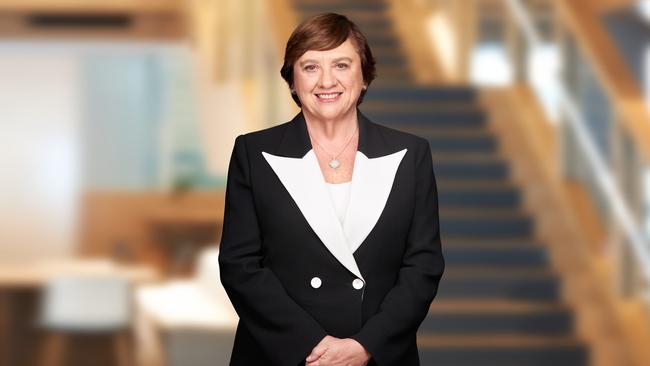
Cannon-Brookes’ Grok venture, which has an 11.3 per cent stake in the energy company, initially pushed for two board spots. The latest proposal for four doesn’t come at the cost of any existing directors but is in addition to the current five seats.
The four nominated are former Foster’s and Pacific Brands boss John Pollaers; former Energy Security Board chair Kerry Schott; Metcash and CSR director Christine Holman and Tesla Energy’s Australian director Mark Twidell.
The directors are set to join the ballot ahead of the November annual meeting and the aim for Cannon-Brookes is to get the official boardroom backing for the four.
The implied threat here is that without board endorsement Cannon-Brookes will use his stake to run another campaign against AGL, including newly-minted chair Patricia McKenzie.
The view from Cannon-Brookes is the AGL boardroom is too skinny at five directors (CEO and former chair Graeme Hunt will exit by the end of this month) for the significant structural problems the company faces.
At the same time four of the five including chair McKenzie were part of the board that signed off on the failed split proposal.
“Grok believes the AGL board needs to expand to include a broader range of skills, expertise and capabilities to reset the strategic direction,” Cannon-Brookes’ investment vehicle said.
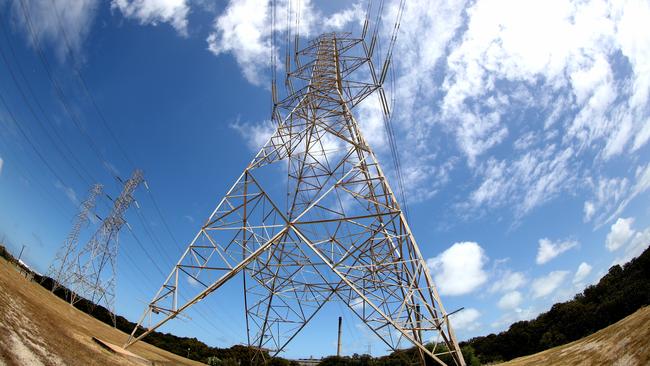
It is understood McKenzie has reached out to three of the proposed directors. She has previously been in touch with Schott who was in the running for the AGL chair spot.
The tone of the conversations from McKenzie were the intentions of the directors and what they would bring to the boardroom. She also probed them about independence. Pollaers said late on Wednesday he was prepared to work collaboratively with the current AGL directors.
“I believe that with the right leadership AGL can lead this country’s transition and accelerate our shift to clean energy sources this coming decade,” Pollaers said. “AGL can be a steward in Australia’s energy industry by setting an accelerated plan, with clear dates and executing on it – all while bringing key stakeholders along the journey.”
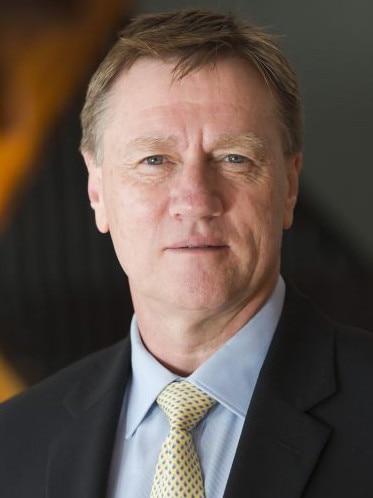
AGL, which has room for 10 directors under its constitution, has not yet issued an opinion on the directors nominated to join the board, but it is a very influential voting block.
Cannon-Brookes has made it known that he has reservations about McKenzie being appointed as chair and has reserved his right to use his vote against her at the upcoming annual meeting.
But even if the four are asked to join the board they may not have enough votes to replace McKenzie from inside the boardroom, which is a signal Cannon-Brookes is prepared to work with the new chair. He also expressed support for an AGL proposal last week for former Clean Energy Council chair Miles George joining the board, adding he is “optimistic about the future of AGL under fresh leadership and renewed ambition”.
Still it is not all up to the tech billionaire, with other investors also wanting a say in how their company is run. The perception that Cannon-Brookes has four board seats for his 11 per cent stake could be a step too far.
ASX on back foot
ASX Ltd has again only just scraped through the Reserve Bank’s latest annual report card, but investors were already angry and whacked the stockmarket operator with its first shareholder strike.
The vote of more than 30 per cent against the board should finally send a wake-up call to the ASX which is also increasingly finding itself off-side with regulators and customers.
The business that is responsible for operating a key plank of the nation’s financial infrastructure needs to act and be seen to act with the highest standards for the more than 2000 companies on its boards and nearly $8bn a day in turnover.
From Optus to casino operator Star Entertainment, the past month has seen the fallout of Australian companies that repeatedly ignore the warning signs and fail to take into account the risks. Along with the major outages of recent years it feels like the ASX has been edging ever so closer to its own monumental accident.

Major delays in its high-tech replacement of the CHESS clearing and settlements platform are clearly frustrating regulators.
Big stockbrokers who pay the ASX’s bills are furious as well, given they have expensive teams in place ready to connect to the new blockchain-based system. They have now been told to stand down indefinitely with the stockmarket operator still unable to offer a go live date, although late 2024 is being suggested.
The Reserve Bank which oversees the ASX with an eye to promoting stability in the financial system gave the ASX a pass in its latest annual review. Although it’s one of those passes which probably isn’t enough for a pilot to take to the runway.
In the assessment there was barely any improvement on the six key measures that the RBA uses to assess the ASX. Of concern was a downgrade in how the RBA measures for the management of risks to “broadly observed”.
Here the RBA says there are opportunities to improve the effectiveness of its first and second lines of risk management.
Operational risk scored a “partly observed” for the second year running, with the RBA needing more confidence that the system is being built to meet the required specifications.
There’s a lot for new chief executive Helen Lofthouse to take on. She already made the right signals by ordering a major review of the project just days into taking the top job at the start of August.
And she can’t do it alone, with active support needed from the boardroom including newish chairman Damian Roche.
Much of the issues are based around the ASX being the first mover on a clearing and settlement system that uses distributed ledger technology. The software is being built from the ground up without the opportunity for a live testing environment. The latest delays are centred around resilience and whether the system is safe to use.
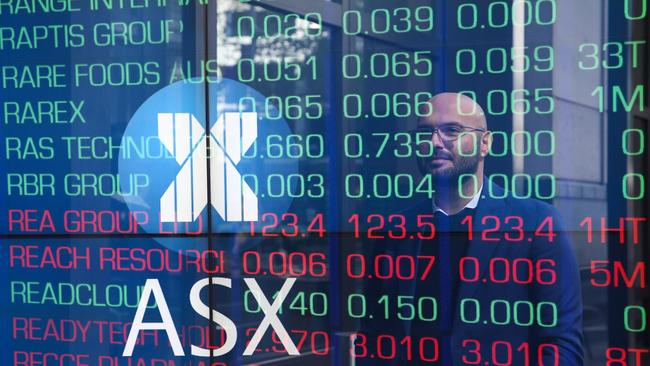
The specific anger of Wednesday’s shareholder strike was seeded in the $5.5m annual payment for former boss Dominic Stevens, including more than $2m in short- term bonuses. Given investor anger over the pace of the long term delay the ASX board trimmed back the bonus to $1.62m.
The bonus issue has become a lightning rod for broader anger about the drawn out and what is set to be a costly delay in the ASX’s CHESS replacement project.
Roche acknowledged this. “The CHESS project is highly complex and remains challenging. There is no question that the performance of this project did not meet our or our customers’ expectations in 2022. We share the frustration of our stakeholders”.
The ASX has commissioned Accenture to give it “frank and fearless” advice on the project including confidence around resilience and a new go live date.
Already ASX is battling expense growth of between 10 and 12 per cent this year, mostly due to tech and energy costs. These numbers are set to push higher as the replacement program goes on.
johnstone@theaustralian.com.au





As AGL outlined a $20bn renewables reset, activist shareholder Mike Cannon-Brookes has turned up the pressure on the power giant, putting forward the names of four directors he believes should be sitting inside the boardroom.